Key words OF COP27: Implementation, Power Solution How to do?
01 Why COP so Important?
The 27th United Nations Climate Change Conference (COP27), which attracts worldwide attention, is underway in Sharm el-Sheikh, Egypt.
As early as May 9, 1992, the United Nations adopted the United Nations Framework Convention on Climate Change (UNFCCC). 197 countries have become parties to the Convention.
Since 1995, the Parties have met every year to discuss how to deal with climate change.COP, as an international coalition, has the largest number of participants and the most consensus in the world.
It is fair to say that it is the most important conference of mankind, because we are facing a common adversary — climate change (extreme weather, energy crisis, slow carbon reduction, etc.).
This COP will focus on “implementation”, the implementation of previous agreements, such as: $100 billion climate finance for developed countries;Clean energy investments in Africa.
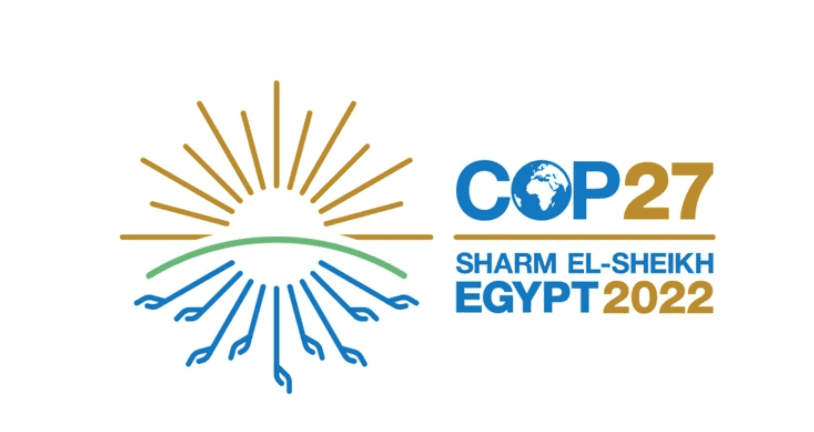
02 How does PowerSolution work?
PowerSolution, which has been working in the field of green energy for many years and has made practical achievements in clean energy development, carbon reduction and serving the poor population in Africa, was invited to participate in COP27.
At COP27, Li Xia, founder of PowerSolution, explained the sustainable and innovative actions of Chinese enterprises in global environmental protection and climate change.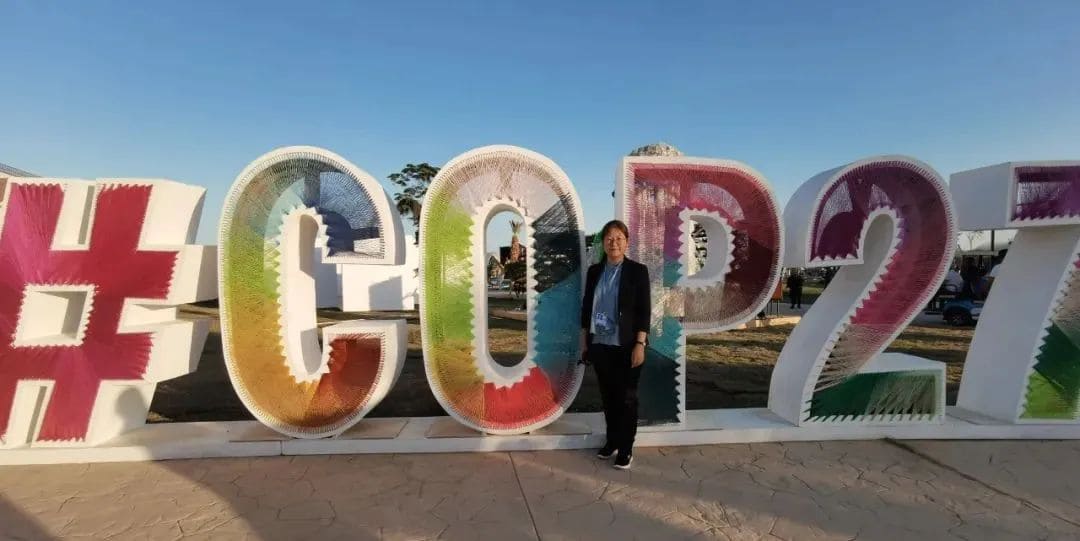
On November 11th, the Corporate Day activity of “Gathering the Power of Enterprises to Create a Zero-Carbon Future” was officially opened at COP27 China Corner.The side-event was co-hosted by Vanke Foundation, CTeam, Beijing Entrepreneurs Environmental Protection Foundation and China Enterprise Climate Action (CCCA).Participants from government, business, industry and think tanks will gather together to discuss how enterprises can seize opportunities and meet challenges through innovative approaches to business and technology under the dual-carbon target.
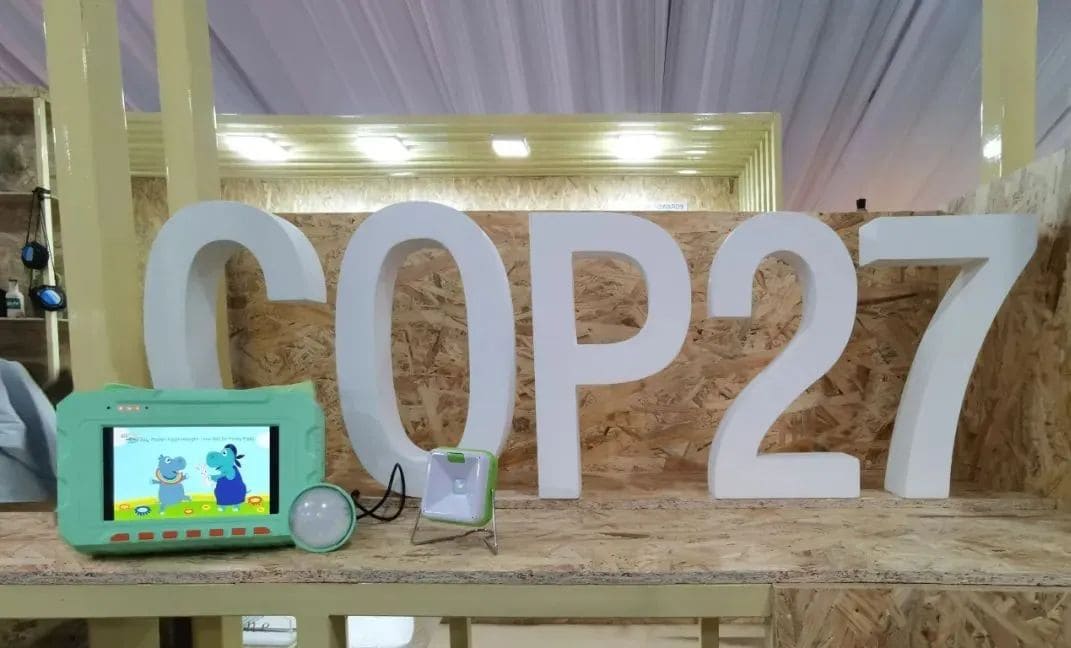
“I am the founder of Cigna. In the past 13 years, I have only done one thing, which is to provide clean energy to the poor people in the last kilometer of Africa who have no electricity or money.The biggest challenges for us are the underdeveloped transportation, the underdeveloped information, the backward education and the high cost of energy.Perhaps you have not paid much attention to this group.
There are nearly 900 million people in the world who live in areas without electricity. That is, they use candles, kerosene lamps and even firewood for lighting.According to the WHO, carbon emissions from kerosene lamps are 1.9 billion tons a year.This statistic is actually quite amazing, but people have paid less attention to this group.
I started this job 13 years ago when I was a little girl, and now I’m middle-aged.
The problem with this group is not that difficult to solve, but who has the heart to sink down and run the last mile to understand the environment of their users and create clean energy that they can afford.
You can see, this little lamp on my hand is my own creation, I am the designer of this product.This solar-powered reading light has won many awards, Red Dot Design awards and more.
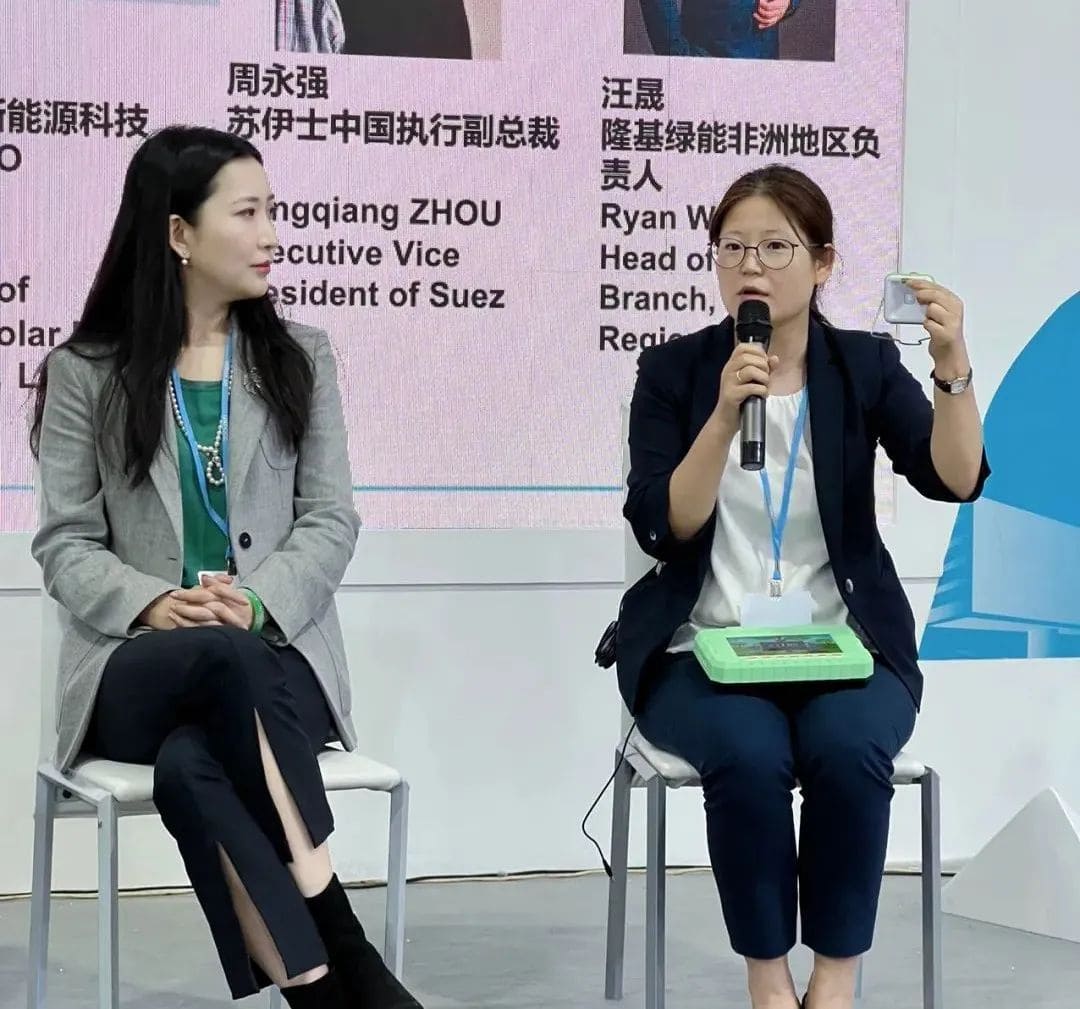
The brightness of the lamp is about three to five times higher than that of a kerosene lamp, but the retail cost of it is only about five dollars, which means that if a poor person buys a kerosene lamp or candle for lighting, they can afford the lamp for three to four months ‘worth of money.
Another shocking statistic is that 5.3 million people die every year because of kerosene lamps.Because of the lack of electricity, the locals lit fires, causing 5.3 million deaths a year from lung and respiratory problems.
Therefore, it is not impossible to use a clean energy that the poor people in off-grid areas can afford to solve the problem of electricity consumption for these people.I have been in Africa for more than two months this year.
Starting from China on September 4th, I have been to ten countries so far, just to see how end-users use the products, and then cooperate with more local distributors to benefit more off-grid poor people with clean energy.
As a social enterprise in China, we are called SocialEnterprise, which means a start-up enterprise that gives priority to solving social problems.In the last 13 years, we’ve solved electricity problems for nearly 6.09 million households in this group, that’s more than 40 million people, reducing carbon emissions by 5.05 million tons.
The ultimate design for cost-effective products, so that users can afford, this is a sustainable business model is a very important factor.We are also a relatively small private enterprise in China, but we are the first manufacturing enterprise in line with the international standards. We are a representative enterprise in implementing the goal of affordable clean energy in the SDG United Nations Sustainable Development Goals.
So even though we may not be very well known in China, because up until now, we haven’t been very big.But we are an influential Chinese social enterprise in the world, in the World Bank, in the international financial centers and in some UN organizations.
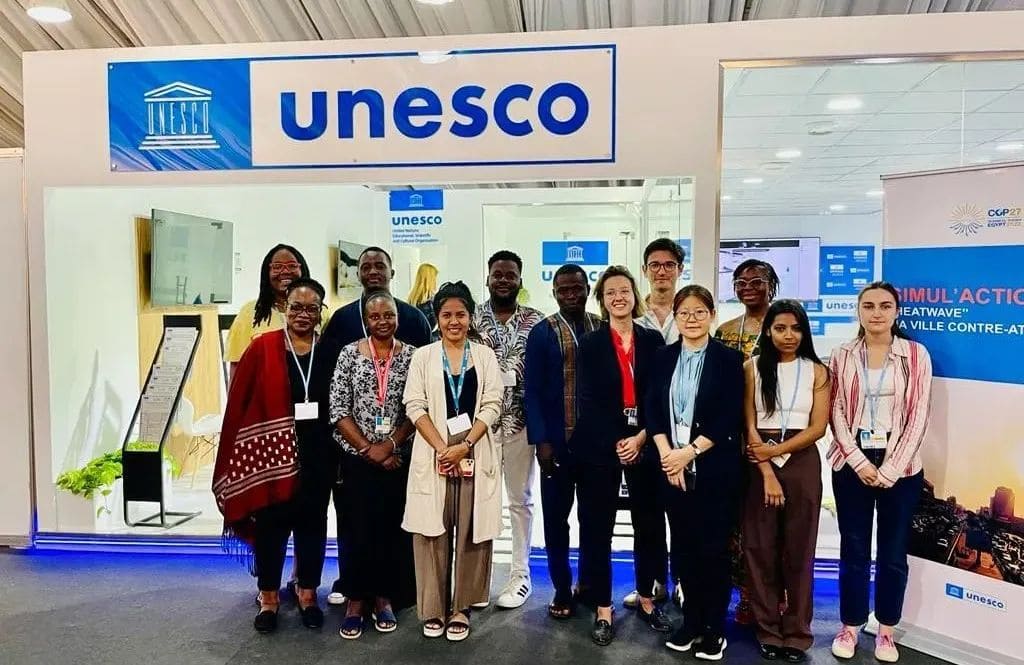
I also hope that through my own continuous efforts, I can continue to combine the development goal of SDG with the goal of solving these people’s clean electricity and carbon reduction, and take it as one of the important goals of long-term sustainable development of the enterprise.I would like to talk about our future development plan from three aspects.
The first is how to help the poor people live a better life from the product and solution dimension. The second is how to cooperate with our distributor partners to achieve the goal of carbon reduction while working together with our partners to improve the living conditions of the poor people in off-grid areas.The third is the dimension of cooperation with multinational enterprises.
Firstly, from the perspective of product and solution, as a manufacturer, we decide to be a responsible manufacturer from the design source. To take the simplest example, the light cord of our light bulb is designed separately, what is the concept of responsible design? Generally speaking, the life of the light switch is less than the life of the light bulb, which is five years, while the life of the light switch is only three years.
That is to say, if it is an integrated design, when the switch fails, the whole product is scrapped and replaced.As you just mentioned about circular economy, the highest content of lamp wire is copper, and the recycling rate of copper is very high. Therefore, we have considered how to make circular economy from the design source, including poverty reduction.
If the poor people have to replace the whole product because the switch is broken, the cost will be very high.It’s very cheap to replace just one switch, or one wire.Therefore, our product is a cost-effective solution both in terms of environment, affordability, availability and sustainability for the poor population, which is what we should do at the design end as a responsible manufacturer.
And the second is, in our first phase, in the last decade, what we’ve accomplished is we’ve given people fish, we’ve improved the lives of the off-grid poor, first of all they’ve got light, they’ve got light.Then we improve their study, improve their life, improve their health, so that when there is a light at night, they can work more and earn more money.
But what’s the problem we’re going to solve in phase two?It is teaching people to fish that really enables them to learn to survive, to develop, and to improve their environment on their own.
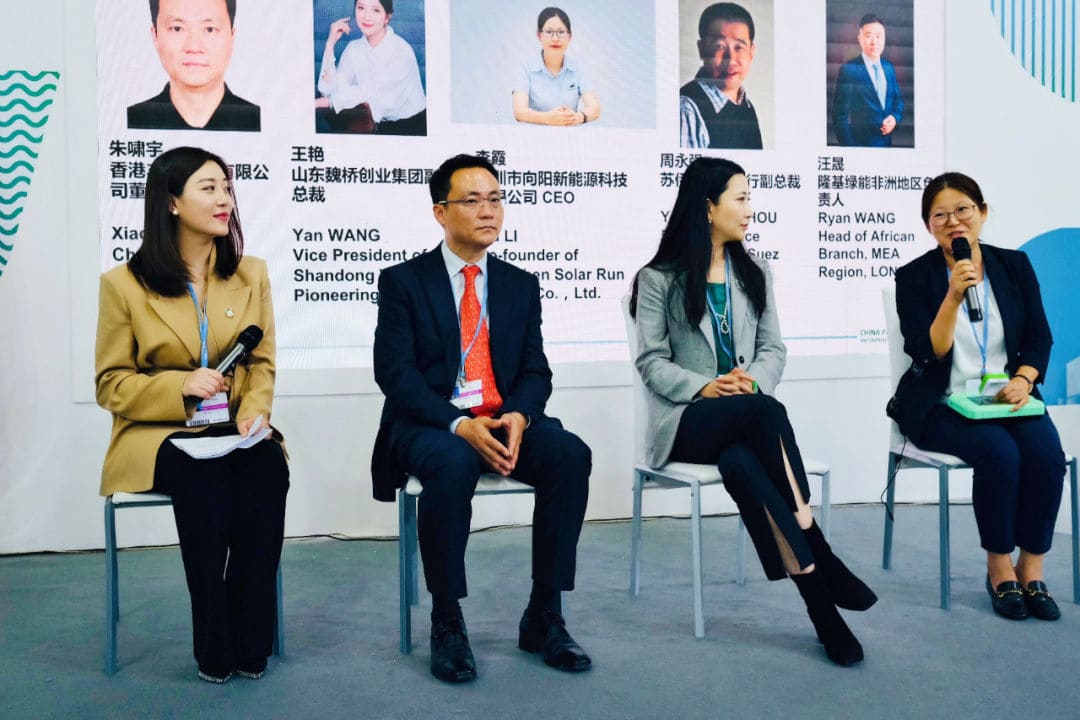
So now, I want to talk about the second product that we did, which is called solarmedia, which not only solves the problem of lights, but the other great thing about it is that the educational content can be inserted directly into it.We just had a new product launch in Kenya, and then we did a demonstration.We found that a person with no cultural background at all learned how to get honey and how to keep bees by looking at the content of this solar-powered Pad.
Then he himself learned how to turn flour into bread by learning a video on his Pad. He could earn more money and waste less food.Through the study of this video, he also learned how to water crops, such as Onions.
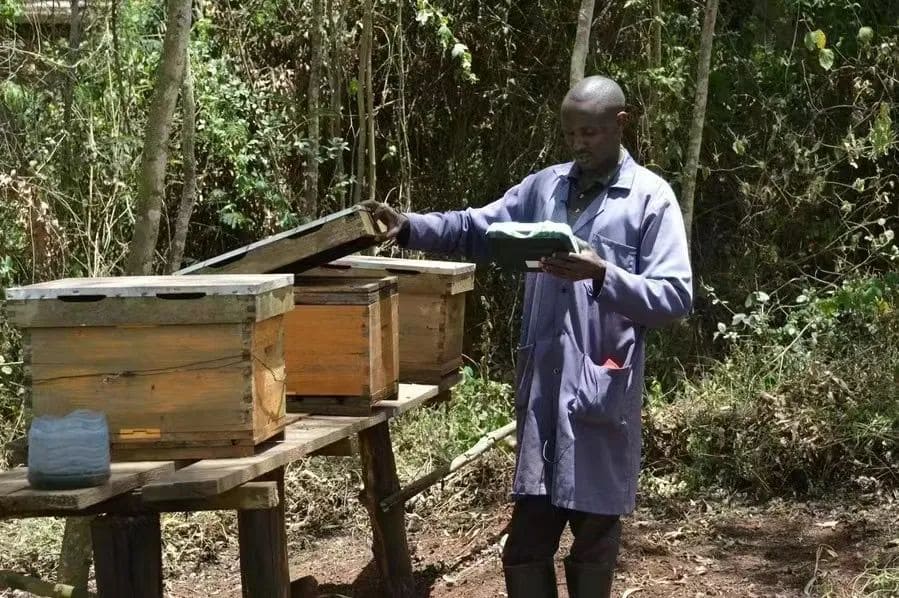
Due to proper watering methods, the production capacity was successfully increased by 50%. For example, the original production capacity was only 100kg, but now it is 150kg.We hope that through our products, we can teach more people to fish.Now we are also seeing a lot of solutions being implemented in China and elsewhere that may not be sustainable.For example, street lights, for example, solar water pumps, after the water, the water can not be pumped up, and then you have to continue to use diesel generators to continue to pump water up and so on.
What we’ve done in Africa is we’ve worked with local communities to solar-pump this water and then we can sell it to local people on an installment basis.For example, for two shillings in installments, people can buy a bucket of water from the community, so that the community has more income to maintain the pumping equipment and achieve sustainable development.
This is because we decided to be a responsible manufacturer when we first designed the product.When we design, we think about how to extend or maintain the life of the product at a lower cost Life cycle, to achieve the purpose of carbon reduction.This is the first product aspect and the second is the partner dimension.I also enjoyed the COP this time.
I saw familiar faces everywhere. I saw familiar faces in the Indian pavilion, in the African pavilion, and in almost all the pavilions of developing countries.Because we now have more than 100 distributors in 66 countries, which means we have partners in every country.I think it’s very important to work with partners to deal with environmental change in Africa and globally.
Therefore, I will actively promote these dealers and make them more willing to provide solutions for some local poor people.The third will be working with leading international players, such as TotalEnergies, which began officially to be called TOTALEnergies last year.If you have a chance to go to Africa, all the TOTAL gas stations will see our little light.It has a nice name, PocketSunshine. I like it very much. It means the sun in your pocket.
We have also cooperated with some top 500 enterprises, including I will go to France after this trip to Africa to negotiate cooperation with French energy Engie. We will become a very important partner of them.In addition to Fortune 500 companies, we are also working with UN organizations to promote sustainable development in off-grid areas.
I also hope that in the long history of the future, there will be a social enterprise in China to be highlighted. Such an enterprise is very worthy of respect, and we are very active in participating in some real solutions of The Times.Although today our power is still relatively weak, because the scale of the company is really not big, do 13 years, I only changed more than 30 million people, but in fact, there are more than 800 million people in the world are without electricity, there are 800 million, ten years of youth in exchange for a fraction.
Therefore, I hope to have the opportunity to cooperate with you at this COP. All the partner organizations that are interested in the direction of carbon reduction and sustainable development for the poor people in Africa are welcome to join us.
We hope that with the joint efforts of all, we can achieve the development of other aspects of the SDG goals, not just energy.For example, our solarmedia has also brought about fair education, gender equality and poverty reduction.
We can work together to promote it, and at the same time make a real contribution to global environmental protection.Finally, I also call on everyone to pay more attention to the energy needs of such underdeveloped groups in Africa. Can we use better solutions to achieve the common and balanced development of the whole planet?
Thank you very much.
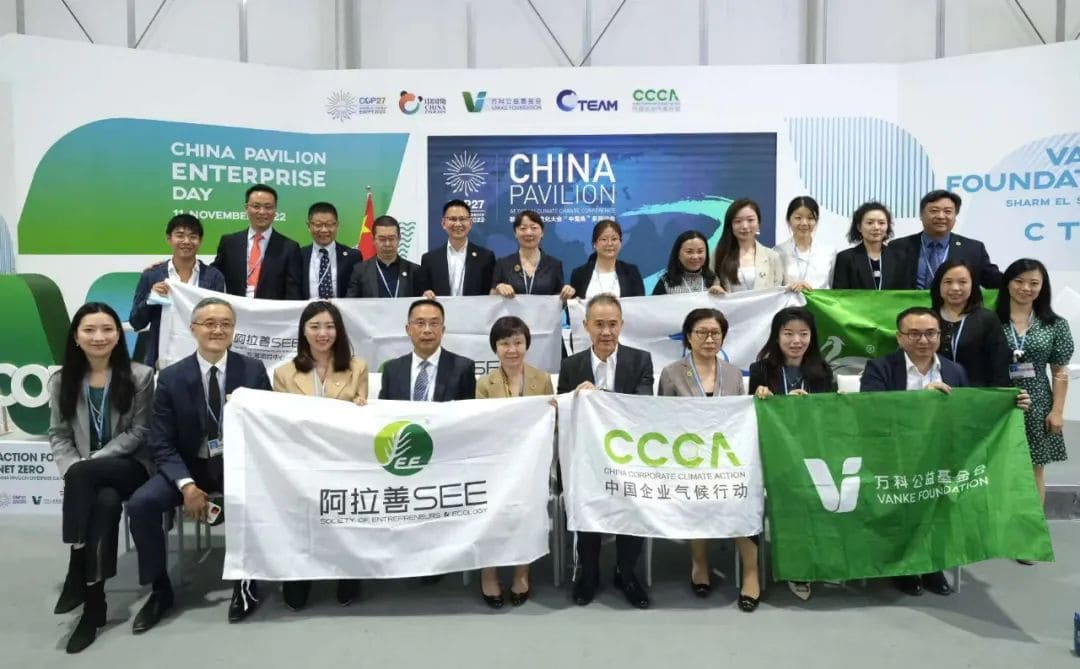

 POWER SOLUTION
POWER SOLUTION POWER SOLUTION
POWER SOLUTION